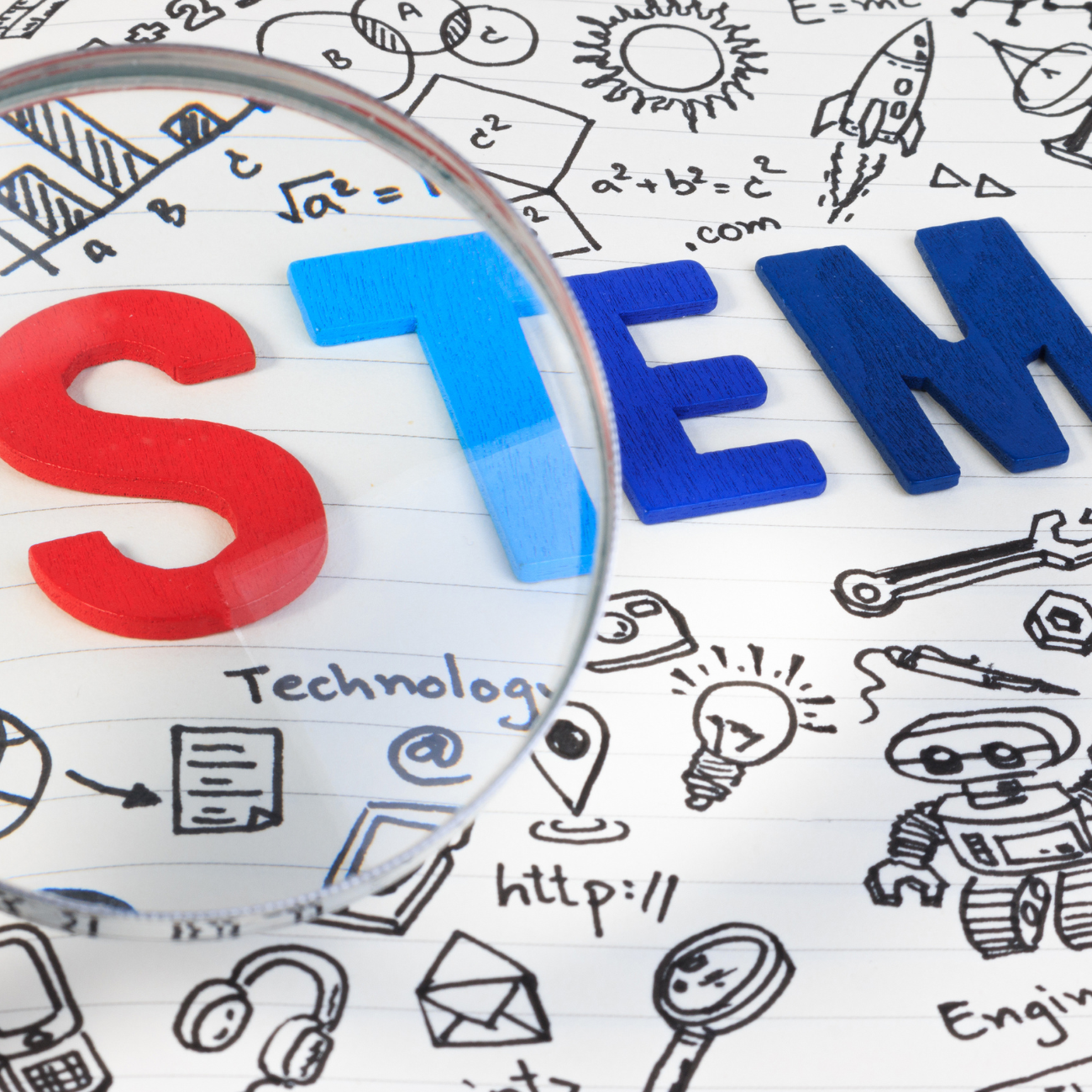Introduction.
In an era defined by rapid technological advancements and an ever changing global economy, two critical drivers of progress have emerged as cornerstones of sustainable development:
Technological innovation and education. These forces not only shape the way we work, live, and communicate but also redefine the pathways to economic prosperity and resilience. This blog explores two interrelated themes: “Tech Innovation and Economic Expansion: How Digital Solutions Drive Prosperity” and “The Role of Education in Boosting Economic Resilience: Strategies for the Future.” Through in depth analysis, case studies, and forward looking insights, we will uncover how these elements can empower nations to thrive in an increasingly interconnected, competitive, and unpredictable world.
Tech Innovation and Economic Expansion: How Digital Solutions Drive Prosperity.
The Dawn of a Digital Economy.
In recent decades, technological innovation has become the lifeblood of economic expansion. From artificial intelligence (AI) to blockchain, and from cloud computing to the Internet of Things (IoT), digital solutions are reshaping industries, creating new markets, and generating jobs. These innovations are not merely tools for improving efficiency; they are catalysts for transformational growth. The emergence of the digital economy has transformed traditional industries while giving rise to entirely new sectors. For instance, e-commerce platforms like Amazon and Alibaba have revolutionized retail, while financial technologies (fintech) have democratized access to banking and payment systems. The global digital economy, valued at trillions of dollars, is growing faster than the traditional economy. This growth is a testament to the power of technological innovation in driving prosperity.
Case Study: Estonia – The Digital Republic.
Estonia, a small Baltic nation, is a shining example of how embracing technology can lead to economic prosperity. Often referred to as the “Digital Republic,” Estonia has implemented an e-government system that allows citizens to access nearly all government services online. This includes everything from voting to filing taxes and even starting a business.
Key Outcomes:
- Estonia’s e-residency program attracts entrepreneurs from around the world, fostering a global business ecosystem.
- The digital infrastructure has contributed to increased efficiency, reduced corruption, and boosted foreign investments.
- Despite its size, Estonia has positioned itself as a tech hub, with startups like Skype originating from the country.
Estonia’s success demonstrates that even small nations can leverage digital solutions to achieve outsized economic gains.
How Digital Solutions Drive Economic Expansion.
1. Job Creation and Skill Development
Technology creates new roles in fields like AI, data science, and cybersecurity while also enhancing productivity in existing jobs. For example, automation may replace repetitive tasks, but it also generates demand for highly skilled workers to design, manage, and optimize these systems.
2. Market Access and Globalization
Digital technologies break down geographical barriers, enabling businesses to reach global markets. Platforms like Shopify empower small businesses to operate internationally without significant upfront costs.
3. Innovation Ecosystems and Startups
Tech innovation fosters the creation of ecosystems where startups can thrive. Silicon Valley’s success as a global tech hub is rooted in its culture of innovation, venture capital availability, and access to top talent.
4. Financial Inclusion
Fintech solutions like mobile banking and digital wallets have brought financial services to the unbanked populations in developing countries. For example, M Pesa in Kenya has revolutionized mobile money transfers, boosting local economies.
Promoting Innovation Through Government Incentives.
Governments have the unique opportunity to inspire groundbreaking ideas by creating initiatives that reward individuals for developing sustainable, globally relevant solutions. By offering robust incentives such as financial rewards, research grants, or public recognition, governments can motivate citizens to invent technologies or products that improve lives and address critical global challenges like climate change or resource efficiency. For example, a government could establish a national innovation fund or competition, providing financial backing and resources to bring these ideas to life. Additionally, rewards could include long term support, such as business mentorship, access to advanced research facilities, or partnerships with global industries to scale the innovation internationally. By celebrating and supporting such achievements, governments not only empower individuals to solve real world problems but also position the country as a leader in innovation, driving economic growth and improving the well being of people both locally and globally.
Challenges and the New World Order.
As we marvel at the benefits of technology, it’s essential to acknowledge the challenges. The new world order is evolving rapidly, with geopolitical tensions, trade wars, and regulatory hurdles often complicating the adoption of digital solutions. Countries that fail to adapt risk falling behind. For instance, the digital divide remains a pressing issue, with many developing nations lacking the infrastructure to participate in the digital economy.
Key Takeaway:
For nations to remain competitive, they must invest in digital infrastructure, foster innovation, and create policies that encourage technological adoption.
The Role of Education in Boosting Economic Resilience: Strategies for the Future.
Education as the Bedrock of Economic Resilience.
In a world characterized by economic shocks, climate crises, and technological disruptions, education is the glue that holds societies together. It provides individuals with the skills, knowledge, and adaptability needed to navigate an uncertain future.
Economic resilience is the ability of an economy to withstand and recover from shocks that depends heavily on a well educated and skilled population. COVID-19 exposed countries with the wrong mindset, leaving them unprepared and struggling during a time of crisis.
Case Study: Finland – A Model for Education.
Finland’s education system consistently ranks among the best globally, and its emphasis on creativity, critical thinking, and lifelong learning has contributed to the country’s economic resilience.

Key Features:
- Free and high quality education for all, from preschool to university.
- A focus on “teacher training” and autonomy, ensuring that educators are well prepared to inspire students.
- Integration of technology into the curriculum, preparing students for the digital age.
Impact on Economic Resilience:
- Finland has a highly skilled workforce, making it less vulnerable to economic shocks.
- The nation’s investment in education has fostered innovation, with Finland excelling in fields like clean energy and sustainable technologies.
Strategies for the Future.
1. Emphasizing Lifelong Learning
The pace of technological change means that skills can quickly become obsolete. Governments and businesses must invest in reskilling and upskilling programs to ensure that workers remain employable.
2. Bridging the Skills Gap
There is often a mismatch between the skills taught in schools and the demands of the labor market. Partnerships between educational institutions and industries can help bridge this gap.
3. Promoting STEM Education
Science, Technology, Engineering, and Mathematics (STEM) are critical for driving innovation. Encouraging more students to pursue STEM fields can enhance a nation’s competitive edge.
4. Leveraging Technology in Education
E-learning platforms like Coursera and Khan Academy have democratized access to education. Virtual reality (VR) and AI powered tutors are also transforming how students learn.
The Changing Global Landscape.
The new world order is reshaping the role of education. As countries compete for supremacy in AI, space exploration, and other cutting edge fields, the need for a highly educated population has never been greater. Nations that fall behind in education risk becoming irrelevant in the global economy.
Key Takeaway:
Education is not just a tool for personal development; it is a strategic weapon for national resilience and prosperity.
Conclusion.
Technological innovation and education are two sides of the same coin. Together, they drive economic expansion, enhance resilience, and prepare societies for the challenges of the future. As the world undergoes rapid transformation, countries must embrace these forces to remain competitive and prosperous.The new world order demands agility, adaptability, and foresight. Nations that invest in digital solutions and education will not only survive but thrive in this unpredictable era. The time to act is now.
🤝 Join CourseCareers today to start your new high paying tech career: https://coursecareers.com/economics. *Use Discount Code: ” EE50″ to get $50 off the full course.
Questions and Answers.
1. How does technology contribute to economic growth?
Technology enhances productivity, creates new industries, and provides access to global markets. It also fosters innovation and improves efficiency across sectors.
2. What role does education play in economic resilience?
Education equips individuals with the skills and knowledge needed to adapt to economic shocks and technological changes, ensuring long term stability and growth.
3. How can developing countries bridge the digital divide?
Developing countries can invest in digital infrastructure, provide affordable internet access, and promote digital literacy programs to ensure inclusive growth.
4. Why is STEM education important for the future?
STEM education drives innovation in critical fields like AI, renewable energy, and biotechnology, giving nations a competitive edge in the global economy.
5. What challenges do countries face in adopting digital solutions?
Challenges include regulatory hurdles, cybersecurity threats, and the digital divide between developed and developing nations.
By combining technological innovation with forward thinking education strategies, nations can chart a path toward enduring prosperity and resilience in a rapidly changing world.
